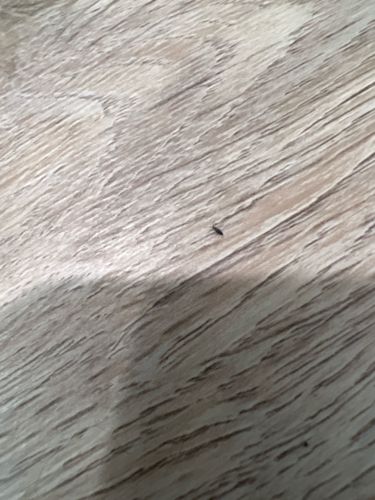Springtail
Scientific Name: Various species within Collembola, e.g., Folsomia candida, Hypogastrura spp., Entomobrya spp.
Order & Family: Order: Collembola (though sometimes considered a class or subclass, within Arthropoda). Family: Entomobryidae (a common family for many species of springtails, though exact family can vary widely).
Size: Typically 0.2 mm to 10 mm, but most commonly in the range of 1-3 mm.

Natural Habitat
Typically found in moist environments with high humidity and decaying organic material, such as soil, leaf litter, rotting wood, under bark, in compost piles, and sometimes in damp indoor areas like bathrooms, basements, and potted plants.
Diet & Feeding
Mainly feed on decaying organic matter, fungi, algae, and bacteria. Some species may feed on plant roots.
Behavior Patterns
Springtails often jump when disturbed using a furcula, a tail-like appendage folded under their abdomen. They thrive in damp, dark environments and are often found in large numbers. Their life cycle is relatively short, and they undergo ametabolous metamorphosis (no significant change in form during development).
Risks & Benefits
Generally harmless to humans and pets, not biting or transmitting diseases. They are beneficial decomposers in ecosystems, breaking down organic matter and contributing to soil health. Indoors, they are primarily nuisance pests, indicating high moisture levels that could lead to mold or structural issues if not addressed.
Identified on: 8/9/2025